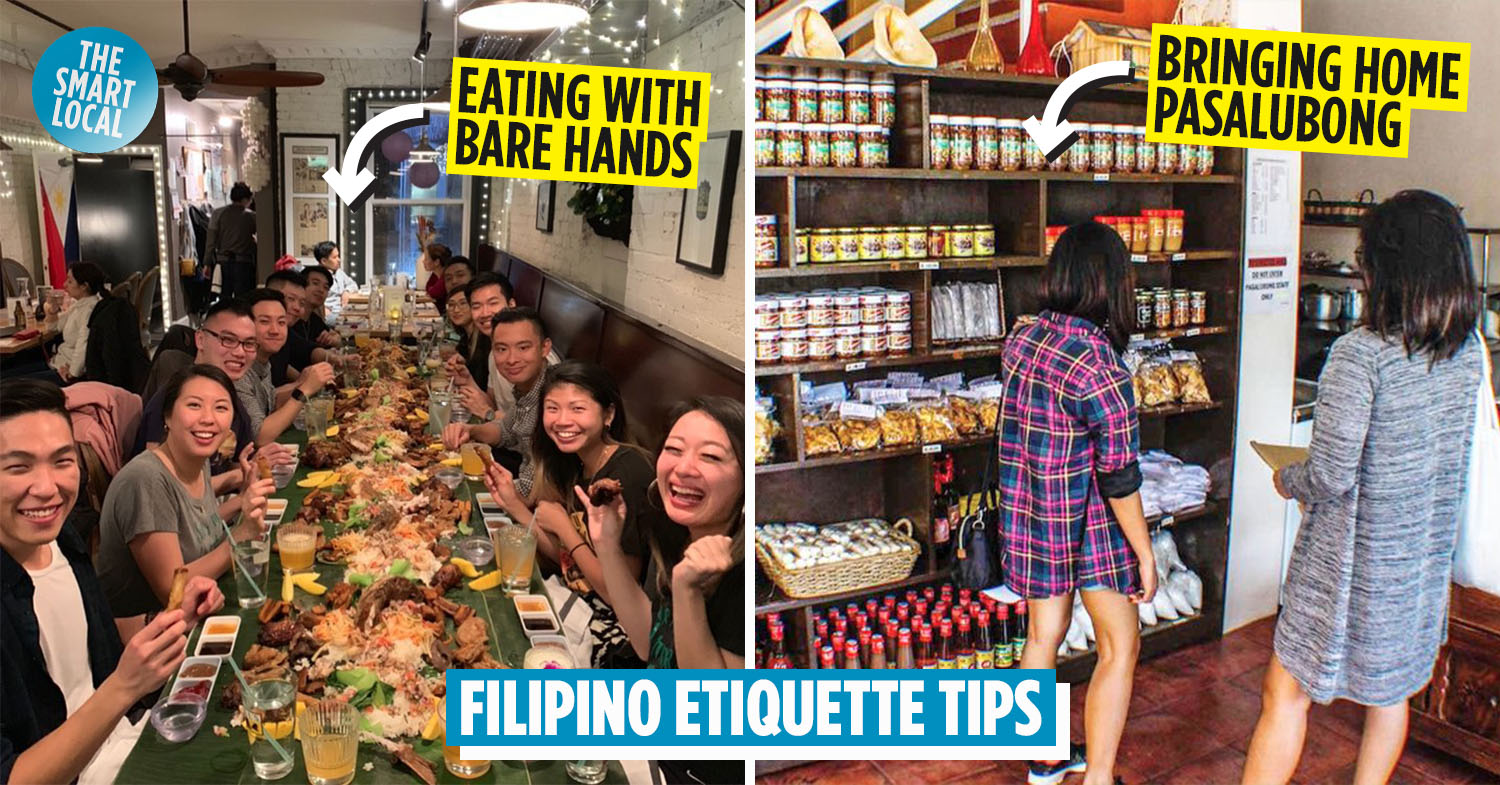Filipino etiquette tips to follow
Like any other country, the Philippines has a set of etiquette which may confuse tourists – from what to do when conversing with elders to polite ways of eating. Being unable to follow these may raise a few eyebrows and cause a few awkward moments during your stay.
If you’re planning a trip to the Philippines post-pandemic, be sure to follow these Filipino etiquette tips below to be the best guest and make even the hard-to-please titas (aunts) love you.
1. Using honorifics when speaking to elders
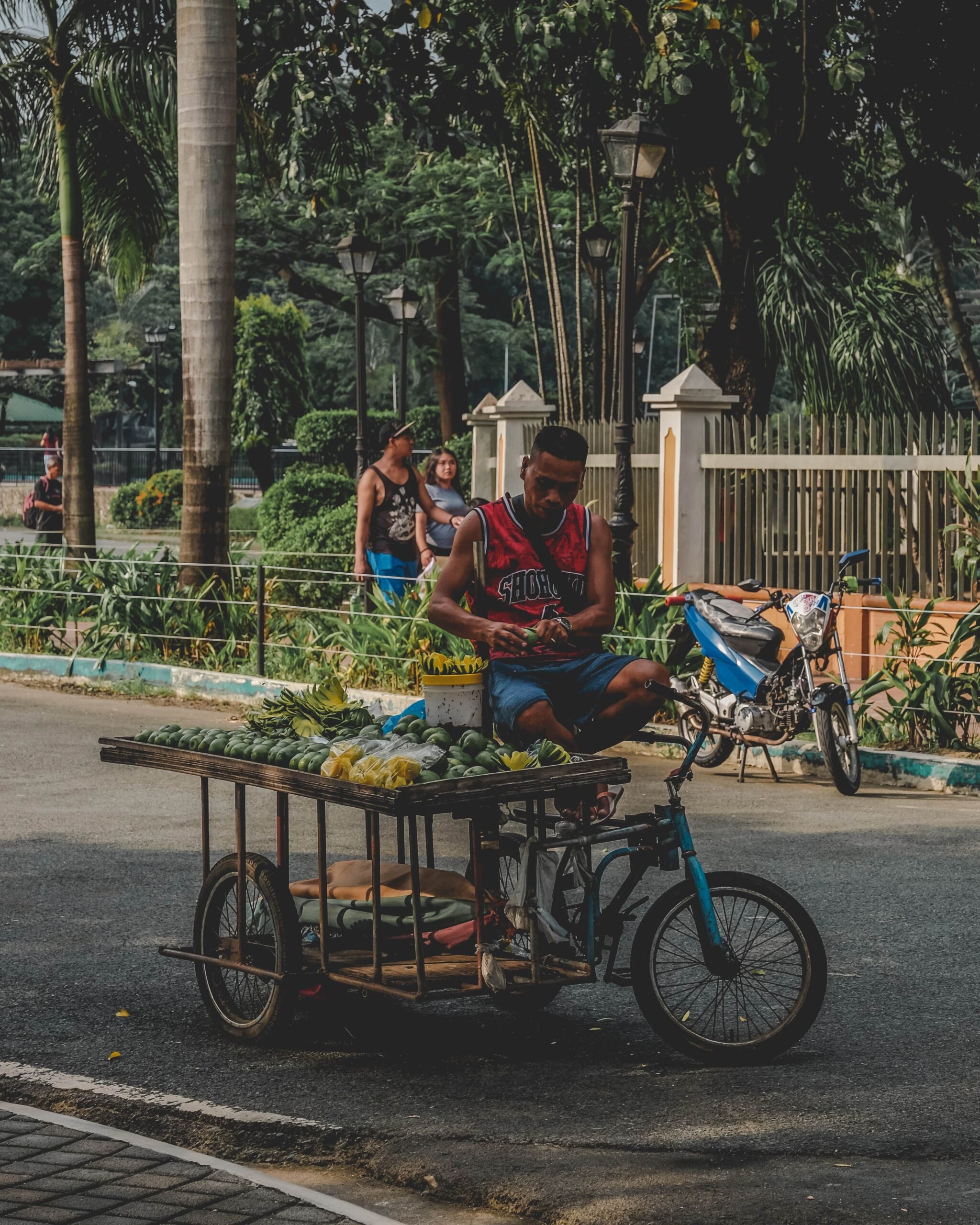
Customers can call a male street vendor in the Philippines as “kuya”
Image credit: Eryka Raton
Like in many Asian countries, Filipinos use words to regard people who are older than us respectfully. This means you can’t just call anyone by their first name.
If you’re talking to a friend’s mom or dad – or even your mom and dad’s friends -, you should call them tita (aunt) or tito (uncle), respectively, even if they are not your relatives. For grandparents, we use lolo (grandfather) and lola (grandmother).
Honorifics also apply when talking to elderly strangers such as market vendors and jeepney drivers. For this, it’s safest to use ‘nay and ‘tay, which are the shortened versions of the Filipino words nanay (mother) and tatay (father).
Meanwhile, ate (older sister) and kuya (older brother) are generally used to refer to older people who aren’t old enough to be your parents or grandparents, may they be family members, relatives, friends’ family members, or strangers.
2. Using “opo” & “po” when speaking to elders

Young, Filipino children with their lola.
Image credit: Jove Duero
Using the words “opo” and “po” when speaking to elders is tied with using honorifics.
It’s similar to using the suffix “–yo” at the end of phrases and sentences if you’re familiar with the Korean language.
“Opo” is simply the polite way to say “yes”. On the other hand, “po” is added to sentences. For example, if you want to say “no”, you’d say “hindi po”.
In longer sentences, “po” can be inserted anywhere in the middle of the sentence such as in the introduction “Ako po si Ben” (“I am Ben”).
Older Filipinos may give you a free pass to call them by their first name and speak to them casually if you’re a foreigner. But if you want them to love you, it helps to put a little effort into being polite.
3. Mano & beso – ways to greet elders and friends
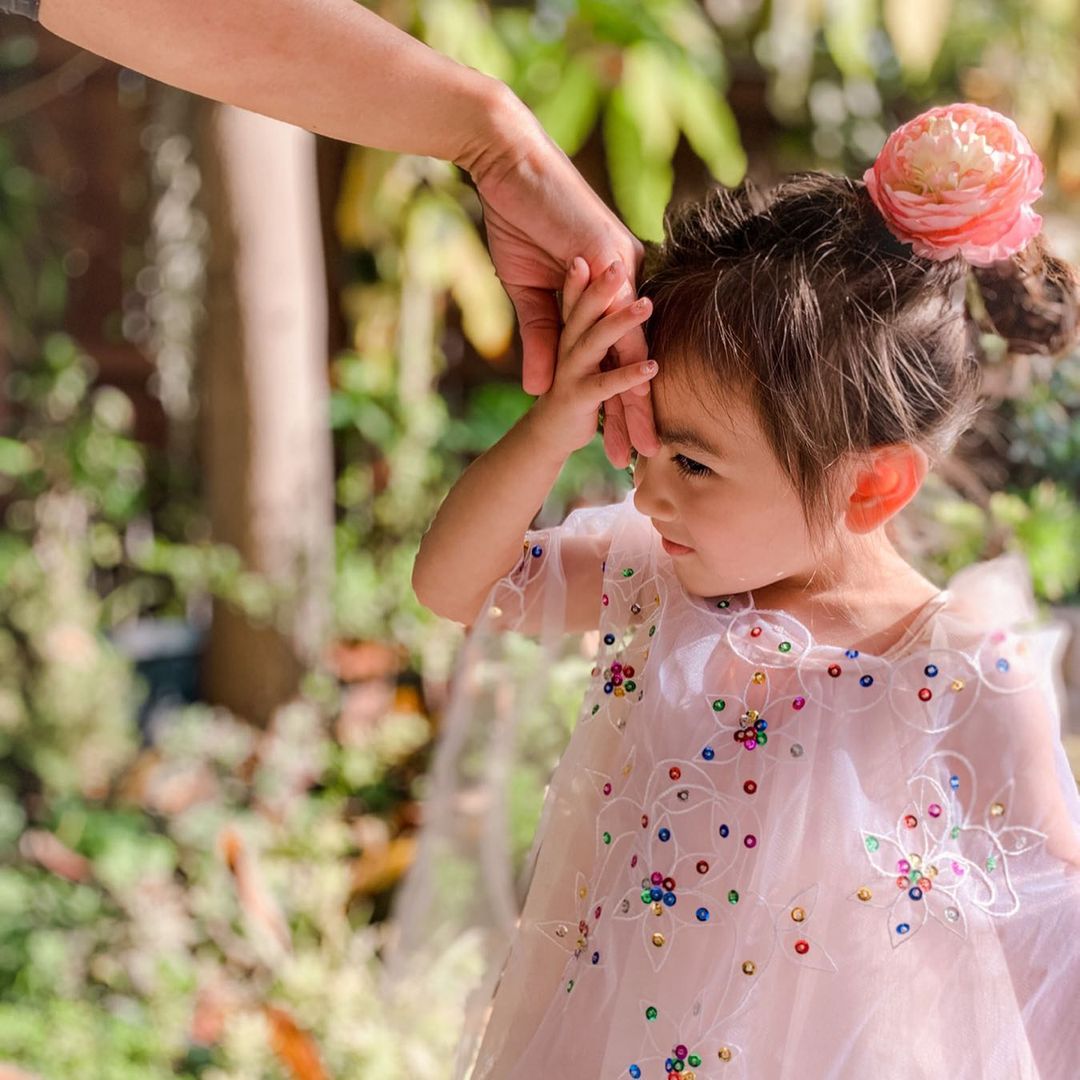
A little girl doing the mano
Image credit: @welcometohouseglover
To pay respect to our elders, Filipinos do mano, which is taking an elder’s hand and pressing it to the forehead, bowing your head to meet their hand in the process. This is usually done when you meet them, return home to them, when they return home, or when you come home from church.
Beso on the other hand, is a more casual, friendly way of greeting or saying goodbye usually done by older women. It’s lightly pressing one’s cheek on another person’s on one cheek or both.
Older women usually do this to greet their amigas (friends), but they may also do this to younger people they’re fond of, such as nephews, nieces, children’s friends, or friends’ children.
If you’re particularly close with a tita or a lola and they always greet you with a beso, you can also initiate it.
4. Caring for our elders
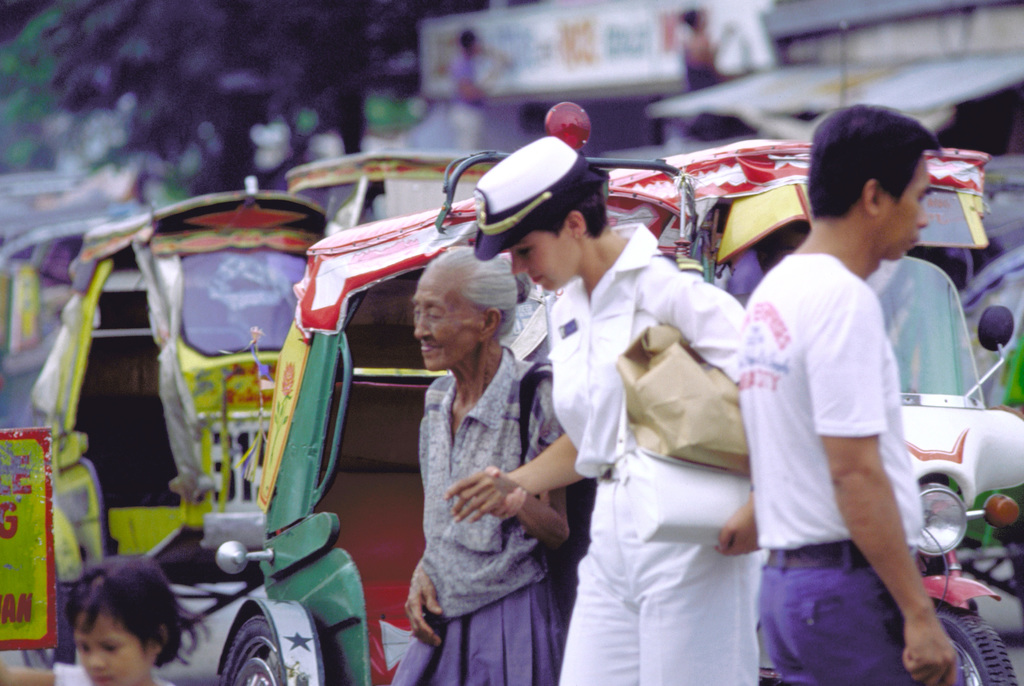
Image credit: Rick Sforza
Besides respect, it’s also part of our culture in the Philippines to care for our elderly. In fact, children are expected to stay with their parents and care for them until old age.
However, you will also see us taking care of our elders on the daily. Some of the ways this is done are through giving them your seat, offering to help them cross the street, or presenting to carry their shopping bags.
In the Philippines, priority lanes for pregnant women, disabled individuals, and the elderly are common in commercial establishments. These are put up in order to make transactions easier for them.
5. Greeting people when entering their homes

If you’re visiting a friend’s house, it’s important to make your presence known to the members of the household by greeting them. This also applies when you’re meeting their family at any event.
You can do this by saying “Hello po” or “Good morning/afternoon/evening po.” If you’re comfortable, you can also do the mano to their older family members, treating them like your own.
Greetings also apply when someone arrives while you’re hanging out at a friend’s house. Similarly, you should also greet guests the same way when they’re visiting your home.
It’s also common to greet people you know when you encounter them outdoors, including on the streets.
6. Leaving footwear outside the house
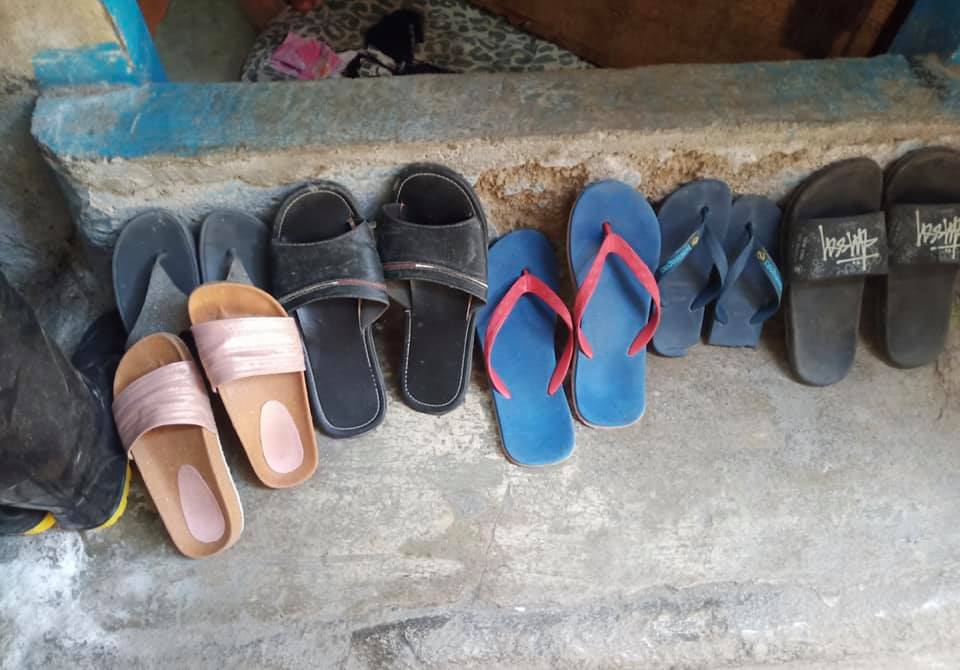
Slippers left outside a Filipino house
Image credit: Ai Pedido Naval
We Filipinos leave our footwear outside before entering a house’s veranda or living room, an etiquette shared with many other Asian countries. You’ll know if and when you have to take off your shoes if you see a pile of footwear at the entrance.
However, some hosts may insist that you keep your shoes on. When this happens, you may do as they say. This only means that they want you to be comfortable – that, or they’re not confident about the cleanliness of their floors at that moment.
They may also offer you a pair of indoor tsinelas (slippers), which you may accept if you’re comfortable.
Offering guests to keep their shoes on or lending them indoor footwear are just ways in which Filipino hosts try to make their guests feel as cozy as possible.
7. Eating family-style
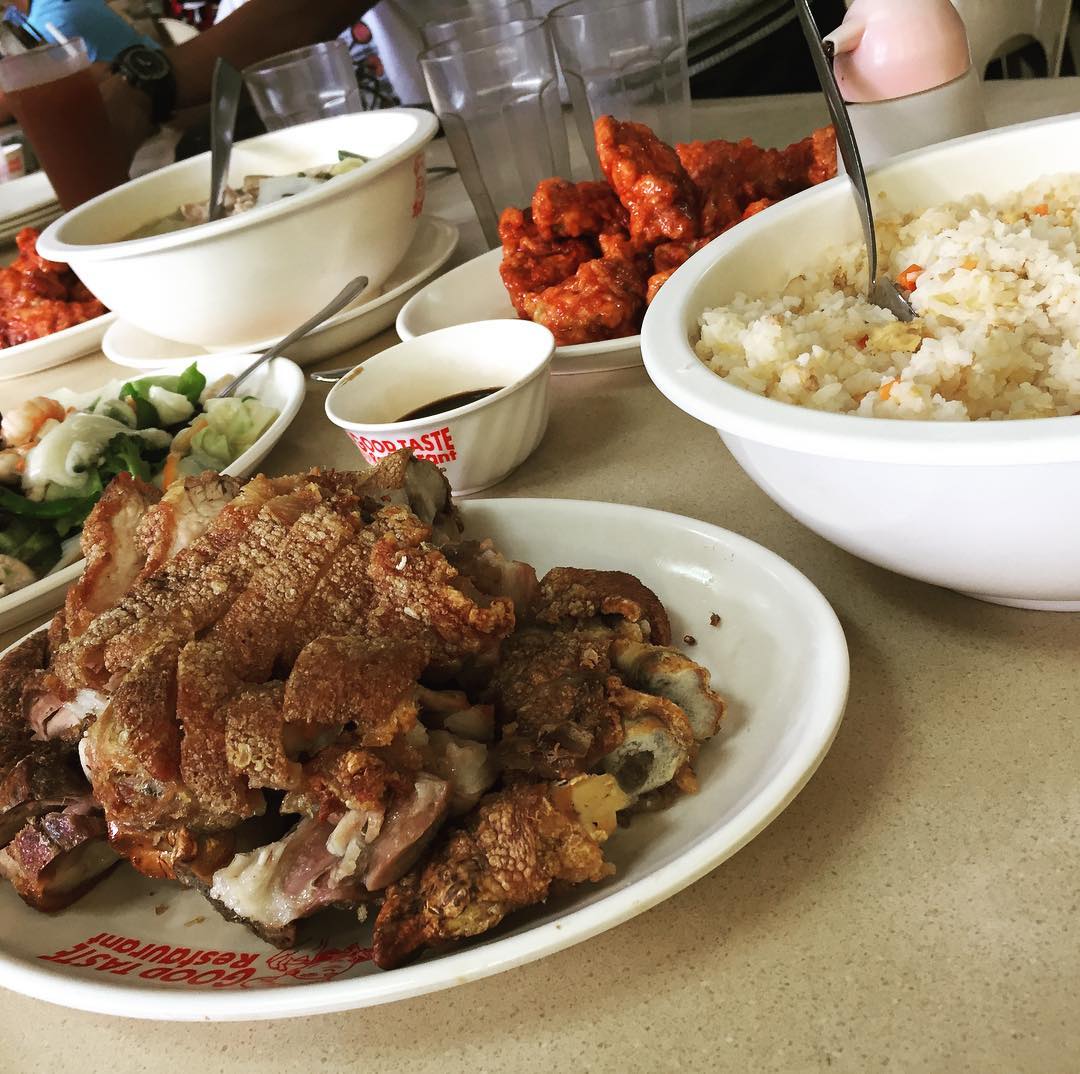
Many Filipino restaurants serve family-sized dishes for sharing
Image credit: @pambansangkuys
Since family is a huge part of our culture, we also like to eat with our family. Traditionally, we wait for all family members to be at the dining table before we start eating.
A typical Filipino table setting has individual plates and one or a couple of serving plates for rice and dishes. People take turns getting food.
Even when you’re dining out, restaurants would have dishes that are good for a family. These are meant to be shared as if you’re just eating at home.
This way, each person gets to taste different dishes instead of only eating the dish they ordered.
8. Eating with bare hands
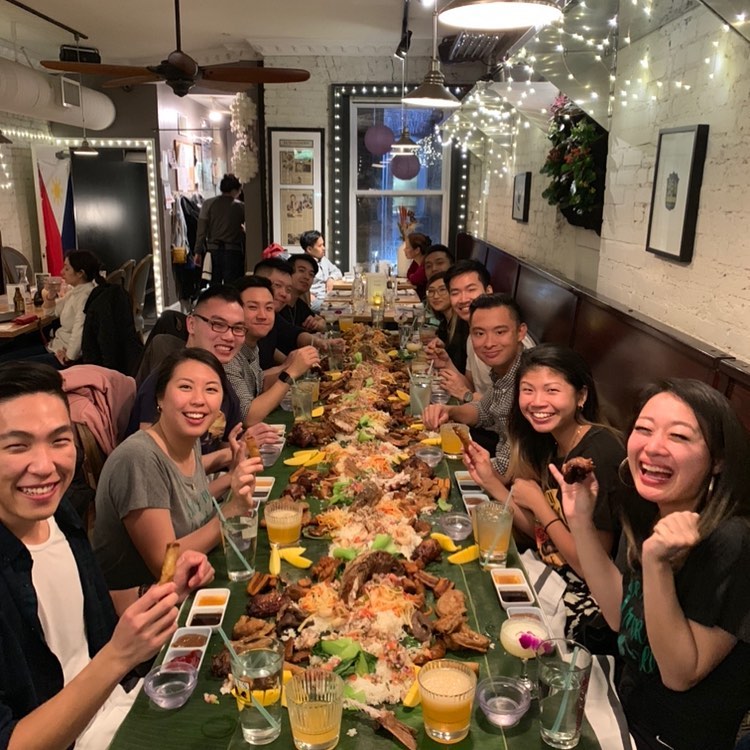
A kamayan feast
Image credit: @purplepatchdc
Most Filipino households use a spoon and a fork for their meals. The spoon is used as a shovel for the rice. It can also be used to cut food like you would with a knife.
The fork, on the other hand, is used to push the food onto the spoon and hold the food in place as you cut it with a spoon.
However, there are foods that we best enjoy eating with our bare hands, such as fried fish and fried rice for breakfast. For this, you’re not obliged to eat with your bare hands as even Filipinos eat as they’d like regular meals.
We also eat with our bare hands during kamayan feasts during celebrations such as birthdays and fiestas (festivals). During a kamayan, rice and dishes are laid on banana leaves on a long table for everyone to enjoy.
Unlike regular meals, foreigners should at least try their hand at eating with their bare hands during a kamayan as everyone else will be doing it.
If you want to gain titas and titos’ adoration, you certainly don’t want to be seen as maarte (fussy) or a killjoy, particularly during celebrations after all.
9. Offering to help do the chores
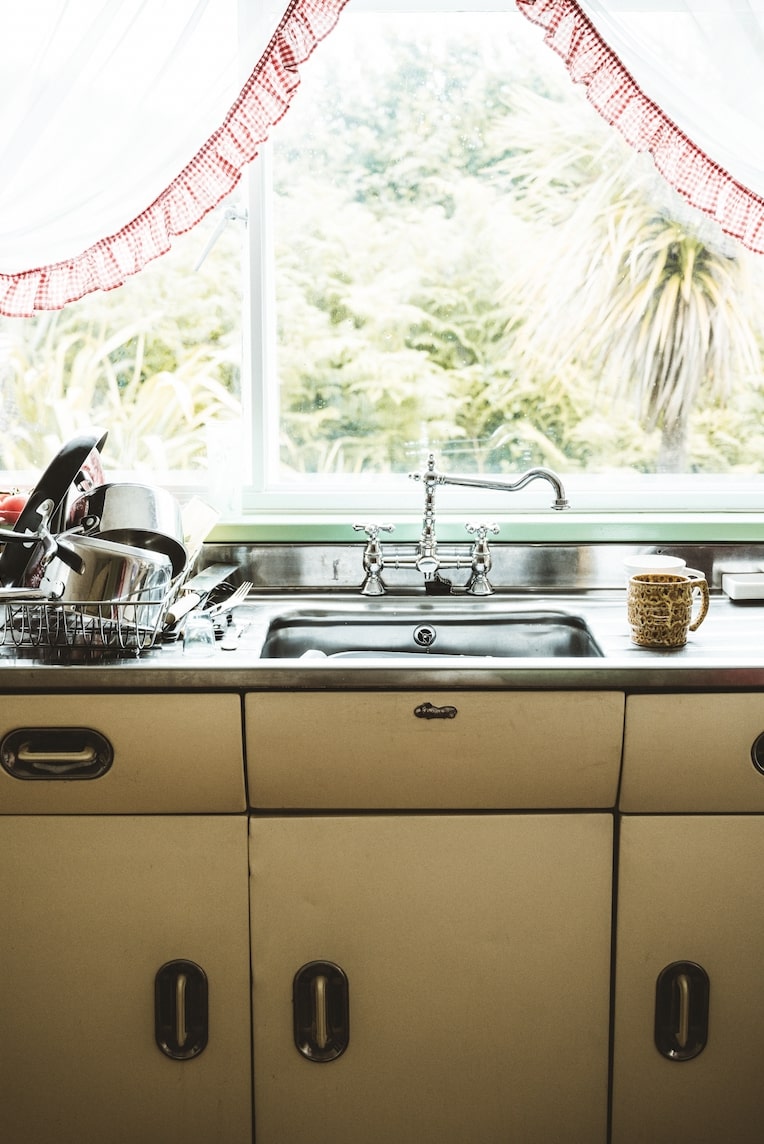
Image credit: Annie Spratt
When you’re at a Filipino home – whether you’re staying for a few nights, just finished eating, or simply hanging out – you should offer to help with the chores. While most hosts will decline, they’ll surely appreciate the thought.
Even if you’re not expected to do housework, helping make your host’s life easier is a good idea and it sure makes a good impression as a guest.
You can do this by looking after the children in the household while you’re there or simply keeping your things tidy.
Being allowed to do chores is a great thing, though, as this usually means they already treat you as a part of their family.
10. Saying thank you

Image credit: Aaron Burden
Although help is extended freely and constantly being given, it is still important to express your gratitude in the Philippines.
For this, you should say “salamat po” or “thank you” even when they do little things such as handing you a plate at the dinner table. It’s also crucial to thank your hosts when you leave their company to show your gratitude for their hospitality.
Filipinos are generally hospitable people, so we also love feeling appreciated for our efforts. Some Filipinos may also find you rude when you don’t say “thank you”.
11. Bringing home pasalubong
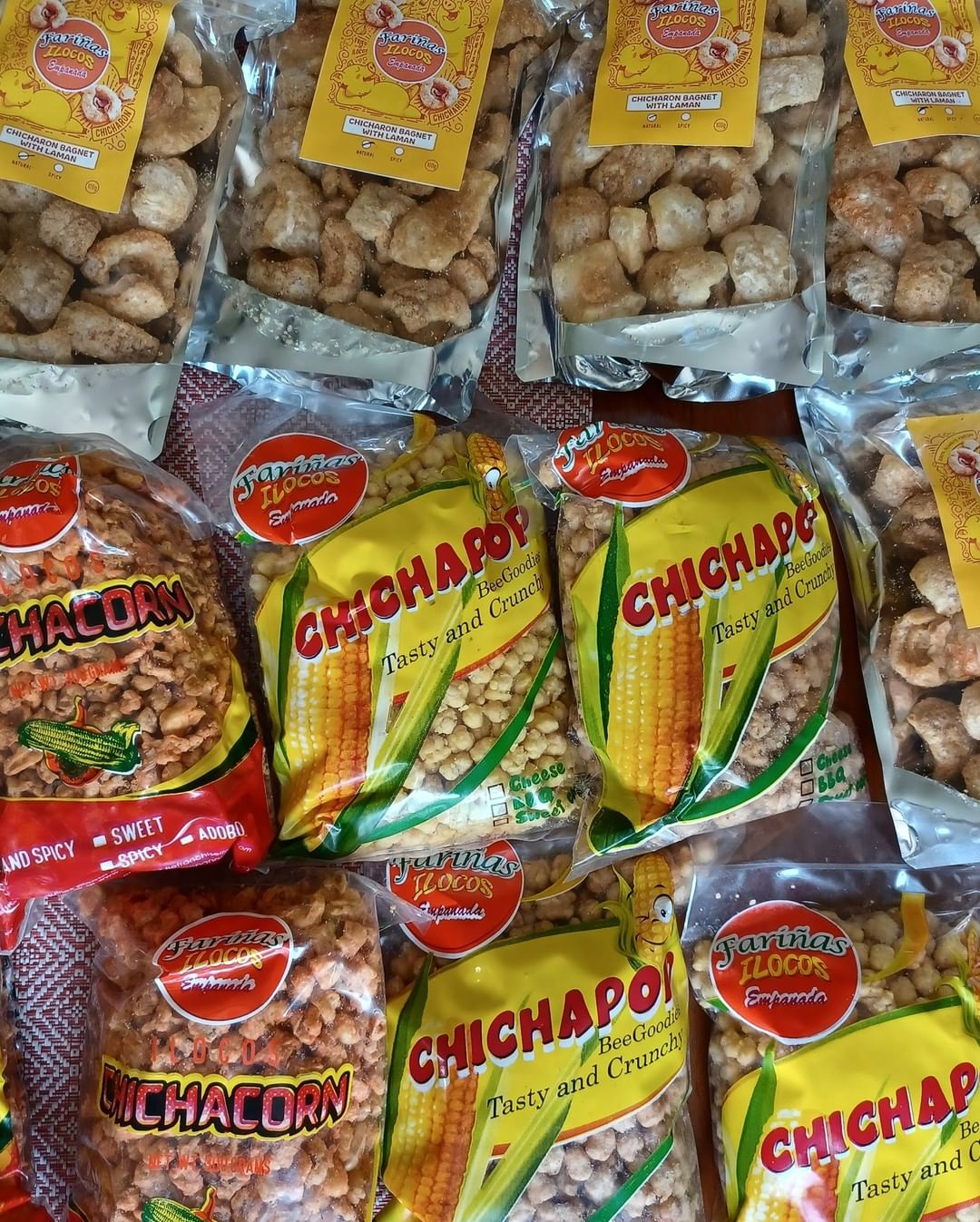
Chicharon and chichapop are some common pasalubongs in the Philippines
Image credit: @fiedistrictimus
Pasalubong (souvenir) culture is huge in the Philippines. It’s almost an expectation to come home with something in hand when you’ve gone traveling. Pasalubongs include specialty food and clothing.
If there are kids in the household, they’ll also love it if you return home from errands with small gifts such as candies, toys, and fast food items.
And if you’re expecting to meet friends, family members, or a host in the Philippines, they’ll also appreciate receiving souvenirs from your home country.
Filipino etiquette tips
The Philippines is a great country to visit for our sights, food, and culture. To top these off, Filipinos are also naturally hospitable, which makes tourists’ experiences in the country truly memorable.
To enjoy your stay in the Philippines even more, it helps to follow the basic Filipino etiquette tips above. When you’re a courteous tourist, locals will be more delighted to show you around.
Also check out:
- 21 basic Filipino phrases you need to know to navigate the Philippines
- 14 basic Filipino food phrases to use when dining at a restaurant
- 20 Filipino slang words to level up your vocabulary
Cover image adapted from: @purplepatchdc and @seepangasinan
